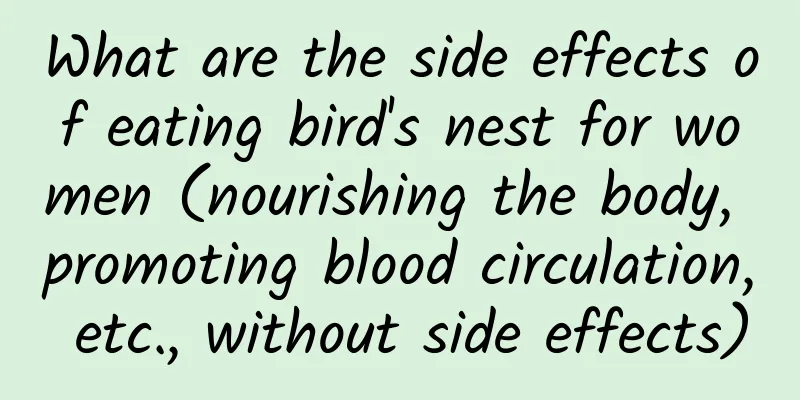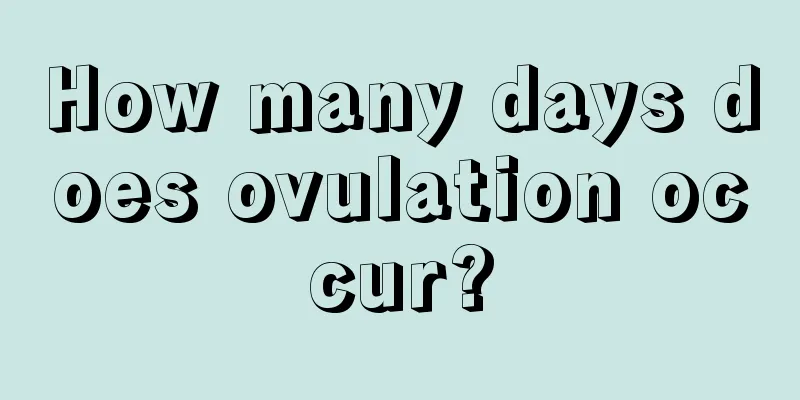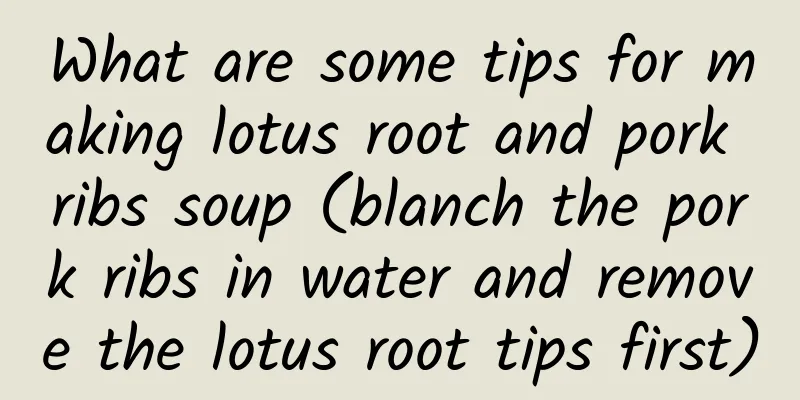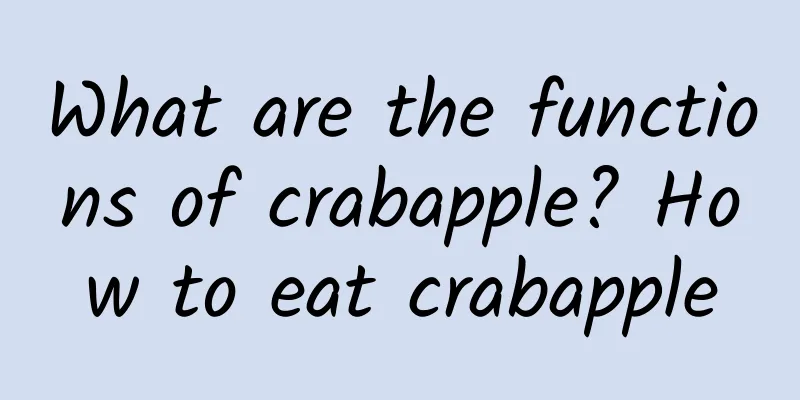Are “sugar-free” foods really sugar-free?

|
Are “sugar-free” foods really sugar-free? With the development of social economy and the gradual improvement of living conditions, health has received more and more attention from everyone. The harm of excessive sugar intake has been increasingly valued, and sugar-free foods have gradually become popular. Such as 0 sugar and 0 fat carbonated drinks, sugar-free and low-fat biscuits, 0 sugar and low-calorie oatmeal, sugar-free and low-calorie solid drinks, sugar-free snacks for diabetics... The dazzling array of sugar-free foods seem to come with a healthy halo and have become the favorites of many consumers. However, do "0 sugar" and "sugar-free" really contain no sugar? Can consumers eat them freely? To answer these questions, the Hangzhou Branch of the Food Safety Risk Early Warning Exchange Center and the joint monitoring station conducted random sampling and testing on the currently popular foods labeled "0 sugar" and "sugar-free". Let's take a look at the results~ 01 Experimental design The experimental samples selected in this experiment included 6 batches of common foods claiming to be sugar-free and ordinary foods on the market, namely: sandwich biscuits/0 sugar sandwich biscuits, sports drinks/sugar-free sports drinks, carbonated drinks/0 sugar carbonated drinks, inflated candies/sugar-free chewing gum, milk-containing jelly/0 sugar jelly, pure cakes/sugar-free cakes. 02 Results Analysis According to national standards, if a product claims to be "sugar-free" or "sugar-free", it must meet the requirement of "the sugar content in every 100 g of solid food or every 100 mL of liquid food shall not exceed 0.5 g". The "sugar" here refers to the sum of monosaccharides and disaccharides, that is, the sugar used in the nutrition label of pre-packaged food only includes mono/disaccharide components such as glucose, fructose, sucrose, and maltose. The claim of "sugar-free" does not mean that the food does not contain other types of carbohydrates. The experimental results show that the detection values of mono/disaccharide components such as glucose, fructose, sucrose, maltose, etc. in samples #1-2, #2-2, #3-2, #4-2, and #5-2 are all lower than 0.5 g/100 g (mL), which meets the relevant requirements for "sugar-free" and "0 sugar" claims. Although they meet the relevant requirements, are these foods really carbohydrate-free? The sucrose content of sample #1-2 was 0.27g/100g. The use of maltitol, erythritol, etc. instead of white sugar did reduce the "sugar" content in the product in a broad sense. However, a closer look at the food ingredients revealed that the first ingredient was wheat flour and the fifth ingredient clearly indicated that starch was also added. It can be inferred that the product may contain a large amount of starch. Starch will be converted into glucose after a series of reactions in the human body and can still generate high calories. Samples #4-2 and #5-2 also used sweeteners to completely replace white sugar and fructose syrup. However, in order to maintain a good taste and reduce costs, sweeteners are inevitably compounded with a variety of artificial sweeteners (such as sucralose, aspartame, acesulfame potassium, etc.). If consumed in large quantities for a long time, there may be certain safety risks. The ingredients of sample #6-2 use 6 sweet substances such as trehalose and maltose syrup instead of white sugar. Although the glycemic index is relatively low, the actual carbohydrate content and energy are not significantly reduced, and there is no significant difference from ordinary cakes. Therefore, the claim of "no sucrose" is only superficial and can easily mislead consumers. in conclusion The test results show that "0 sugar" and "sugar-free" do not really mean there is no sugar. The claims of "0 sugar" and "sugar-free" do not mean that the food does not contain other types of carbohydrates. For example, samples labeled "0 sugar" may contain starch, which will also increase blood sugar and produce energy. It has no practical significance for weight loss and blood sugar control in diabetic patients. 03 Consumption Tips Many consumers believe that "0 sugar" and "sugar-free" foods do not affect blood sugar and will not make them fat, but in fact, the content of high-productivity substances such as oil and starch in some "0 sugar" and "sugar-free" foods is not as low as imagined. Excessive consumption will also cause the accumulation of sugar and fat, which is harmful to health. When consumers choose "0 sugar" or "sugar-free" foods, it is recommended that they pay more attention to the product's ingredient list and nutritional information table: Added sugar alcohol sweeteners The metabolic process of sugar alcohols such as sorbitol, maltitol, xylitol, and erythritol basically does not require the participation of insulin, has a low glycemic index, and has little effect on blood sugar. However, these substances are metabolized slowly in the body, and long-term excessive intake can also cause adverse symptoms such as abdominal distension and diarrhea. It is not recommended for people with sugar alcohol intolerance, pregnant women, and children to consume them. Add artificial sweeteners Many "0 sugar" and "sugar-free" foods that taste sweet are mostly added with artificial sweeteners, such as aspartame, sucralose, acesulfame potassium, etc. Long-term and excessive consumption may pose potential risks to human health. Source: Zhejiang Food Safety Risk Early Warning Exchange Center Hangzhou Branch, Zhejiang Jiuan Testing Technology Co., Ltd. |
<<: Should you do an annual physical examination?
>>: Does snoring mean a good sleep? Wrong! It is a disease and needs to be treated!
Recommend
Why didn't I have dysmenorrhea before? Why do I have it now?
As we all know, dysmenorrhea can be divided into ...
Can I go out at night during confinement?
Most women who are in confinement after childbirt...
What is a cystic dark area?
Some mothers don't understand why miscarriage...
The 4 types of food that cancer fears the most, it is recommended to eat more! Save it now
When it comes to "cancer", no one is no...
How long can I not have sex during pregnancy?
When a woman finds out she is pregnant, she will ...
Medical abortion is considered clean after 25 days
Medical abortion is a very convenient, but also v...
When will the TV series The End of the World be released? List of actors in The End of the World
The Wandering Earth is a very popular BL novel. A...
How old is it that a follicle usually ovulates? Professional doctors are here to answer!
For women who are preparing for pregnancy, they w...
What kind of radiation protection clothing is convenient and practical? Which material is better for radiation protection clothing?
We all know that after a woman becomes pregnant, ...
Pregnant woman with unicornuate uterus 8 months pregnant
All women should not want to have any problems wi...
Will metformin increase the risk of colon cancer by causing long-term diarrhea? How to reduce adverse reactions?
A friend asked Huazi that he had been suffering f...
What should I do if I don't want to speak on stage at the company's annual meeting? What should I say when speaking on stage at the annual meeting?
At the end of every year, you can’t avoid speakin...
8 signs of a woman's sexual hunger
Although women are always so reserved rather than...









